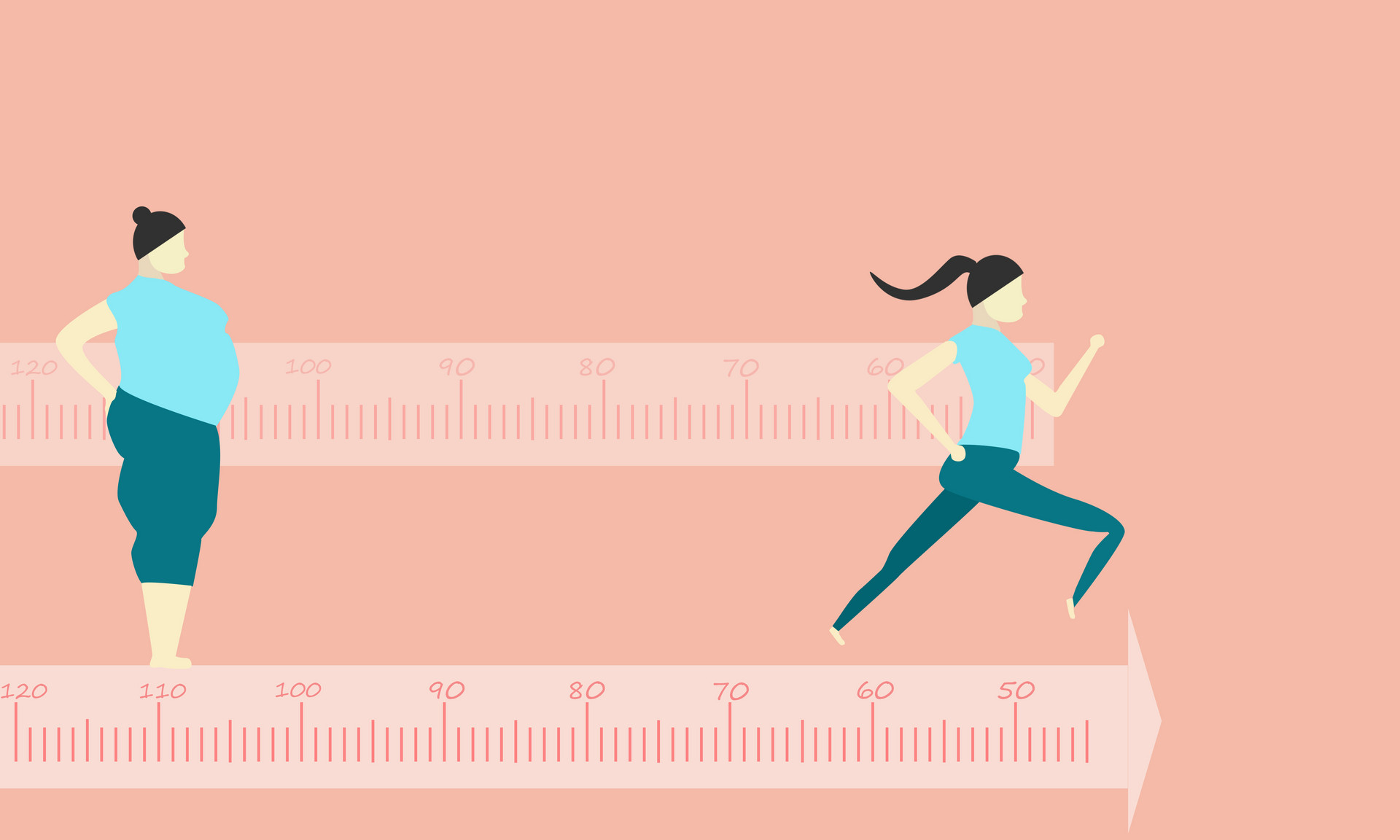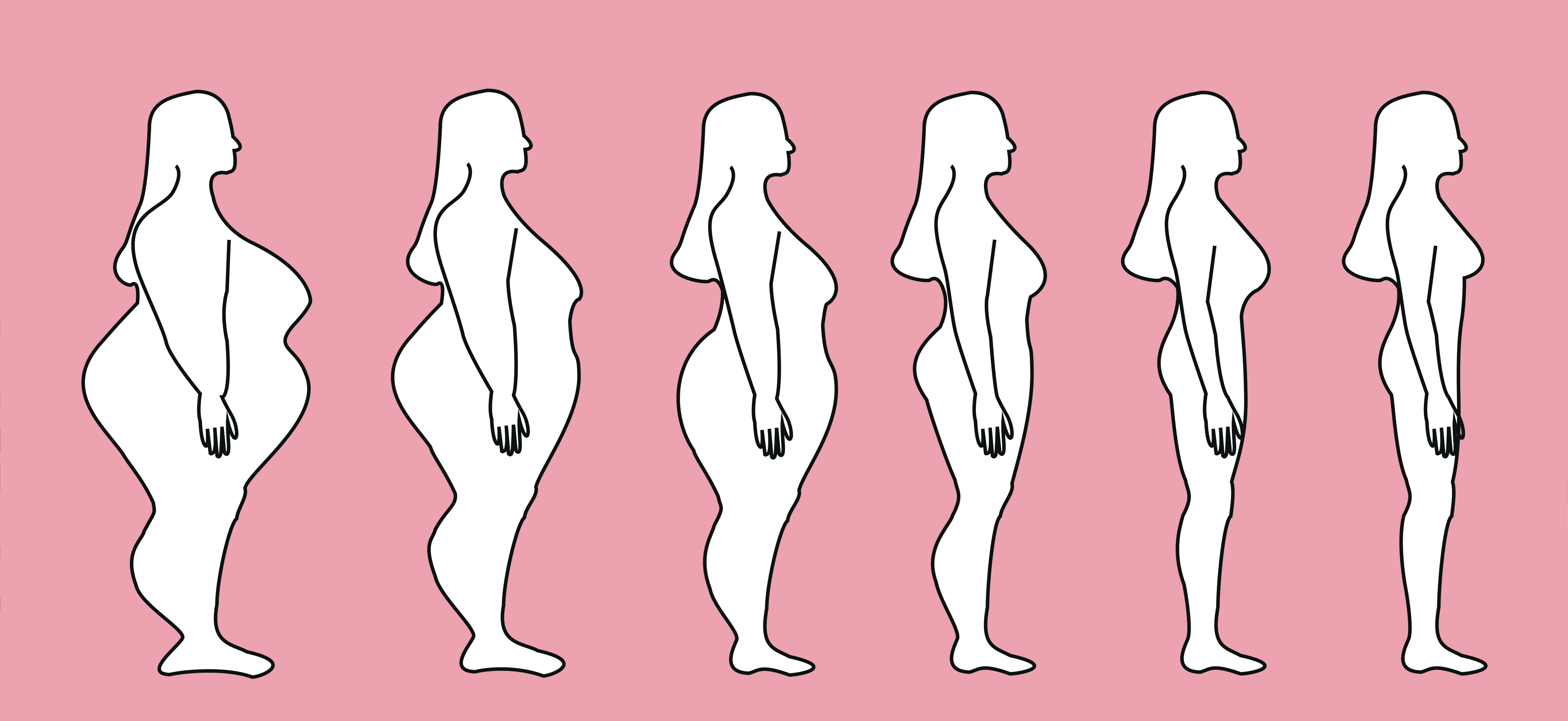Walking can help relieve stress, strengthen muscles, and improve blood circulation, and it is beneficial for preventing and treating various diseases. If we add some difficulty and variety to our walks, the benefits of exercise will be even greater.
1. Focus attention
During a walk, focus your attention on the Yongquan point on the soles of your feet. If you feel a slight warmth in your feet, it is most effective. This can help improve symptoms of nervousness, insomnia, and other conditions.
2. Weighted walking
Before heading out, grab two larger plastic bottles from home and fill them with water to make makeshift dumbbells. Hold one in each hand, ensuring equal weight on both sides. This also helps improve balance for older individuals.
3. Lightly tap arms, gently rub ears
During the walk, lightly clap your hands, tap the gallbladder meridian on both sides of your body, and gently rub your ears. These are all good auxiliary movements that can promote smooth meridians and harmonize qi and blood.
4. Hill walking
Compared to walking on flat ground, walking uphill can exercise the back, buttocks, and thigh muscles more. Walk uphill for 15 minutes, then return to the starting point in the same amount of time.
5. Increase stride
Walking with larger strides can engage the hamstrings and buttocks more, burning more calories.
6. Adjust speed
This means that during the walk, you can jog for a short distance and then return to a walking pace, repeating the cycle. Varying speed can engage more muscles in the exercise process and better improve cardiovascular function.








